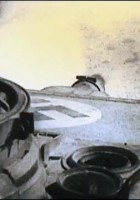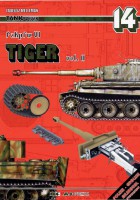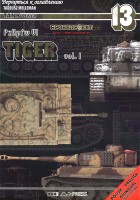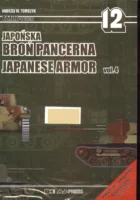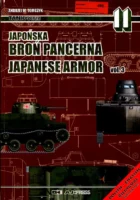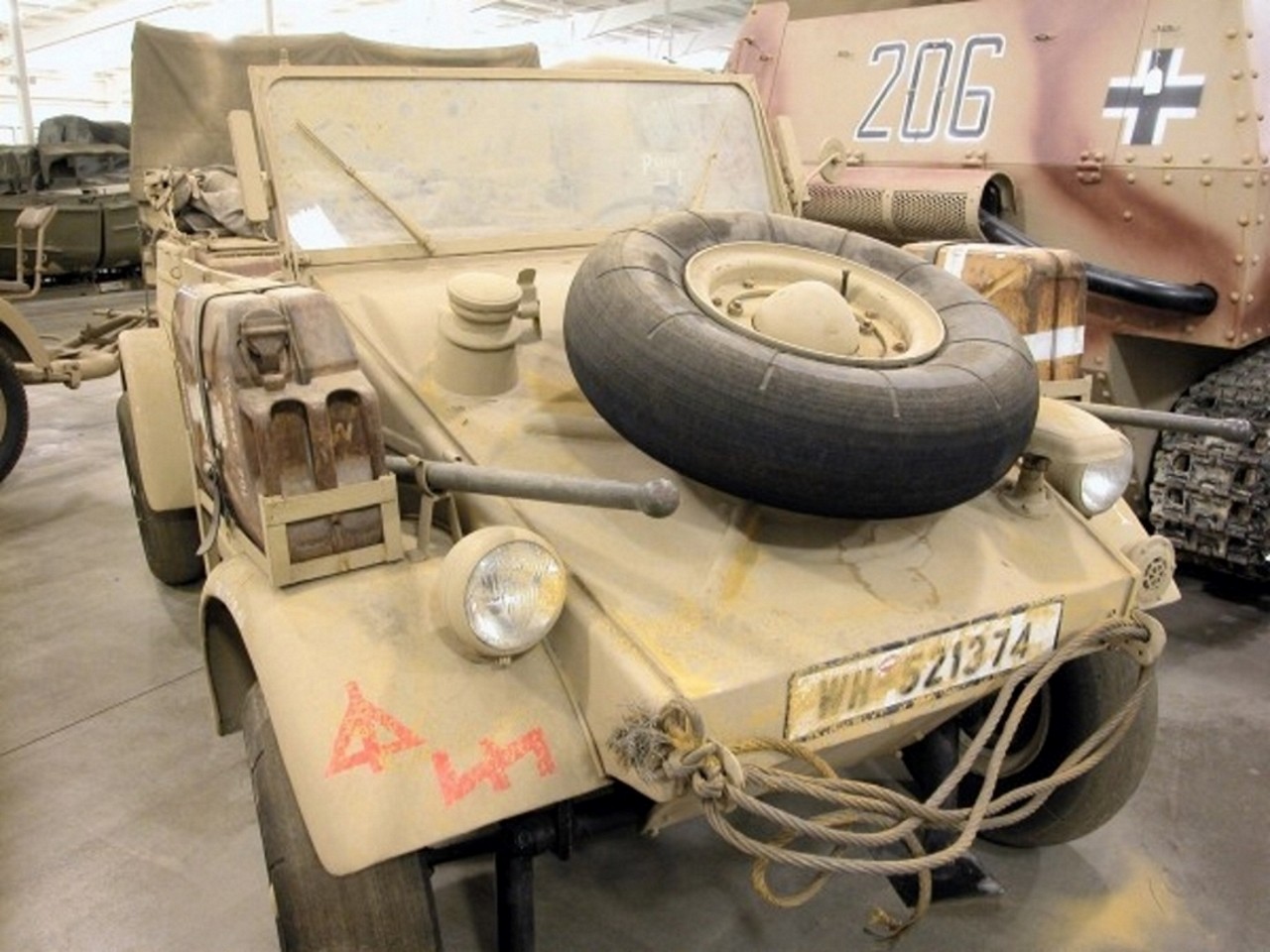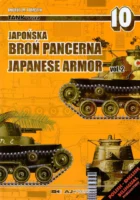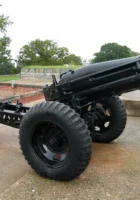
Haubica 75 mm M1A1 | |
|---|---|
| Płaci | Stany Zjednoczone Ameryki |
| Typu | Haubica |
| Opis | Album 56 zdjęcia spacer wokół du «Haubica 75 mm M1A1» |
Galeria zdjęć haubicy 75 mm M1A1, The Haubica opakowania 75mm M1 (also known by its post-war designation M116) was designed in the United States in 1920s to meet a need for an artillery piece that could be moved across difficult terrain. The gun and carriage was designed so that it could be broken down into several pieces to be carried by pack animals. The gun saw combat in Second World War with the US Army (primarily used by airborne units), with US Marine Corps, and was also supplied to foreign forces. In addition to the pack / air portable configuration, the gun was mounted on a non-dismantling carriage to serve as a field artillery piece. Derived vehicle mounted howitzers M2 and M3 were used in the 75mm HMC M8 and some LVT models. In addition, the M1 in its original version was mated to a number of other self-propelled carriages, though only one of those – 75mm HMC T30 – reached mass production.
Źródła: M1A1 sur Wikipedia Widziany na forum Widziany również tutaj
Liczba wyświetleń : 6099

